Tyrannosaurs – Birth, Reign and Twilight
The world of tyrannosaurs
Birth, Reign, and Twilight of Tyrannosaurs
In the annals of Earth’s prehistoric past, few creatures captivate the imagination quite like the tyrannosaurs. These towering predators, with their massive skulls, powerful jaws, and diminutive arms, have long been iconic symbols of the dinosaur kingdom. But what is the true story behind their rise to dominance and ultimate demise? In this article, we embark on an enthralling journey through time, exploring the birth, reign, and twilight of the tyrannosaurs.
Our voyage begins with unexpected discoveries from far-flung corners of the world, shattering the stereotype of dinosaur finds solely in western North America or the deserts of Mongolia. Paleontologists have unearthed clues in Russia, China, and beyond, shedding light on the early evolution of these formidable creatures. Modest beginnings reveal that tyrannosaurs did not emerge as colossal superpredators, but rather as secondary carnivores, living in the shadows of larger predators from different lineages.
As the tyrannosaurs diversified, their extraordinary adaptations and distinct features came to the fore. Fossil treasures from Liaoning Province in northeastern China provide astonishing glimpses into the world of tyrannosaurs. Among them, Dilong and Yutyrannus, adorned with feather-like structures, blur the line between reptiles and birds, revealing the fascinating kinship between these ancient giants and their avian descendants.
Yet, the true ascension of the tyrannosaurs occurred during a period of dramatic upheaval. A radical restructuring of dinosaur ecosystems during the middle part of the Cretaceous saw the Allosaurus and Ceratosaurus diminish, paving the way for the tyrannosaurs to seize the throne as the top predators of the northern continents. The reasons behind this power shift remain elusive, but a possible mass extinction event and environmental changes may hold the key.
As tyrannosaurs reached the pinnacle of their power, colossal forms such as T. rex ruled with an iron fist. They reigned supreme, biting with bone-crushing force, growing at astonishing rates, and leaving an indelible mark on Earth’s history. However, their domination was limited to specific regions, as the fragmented nature of the Late Cretaceous world hindered their conquest of Europe and the southern continents.
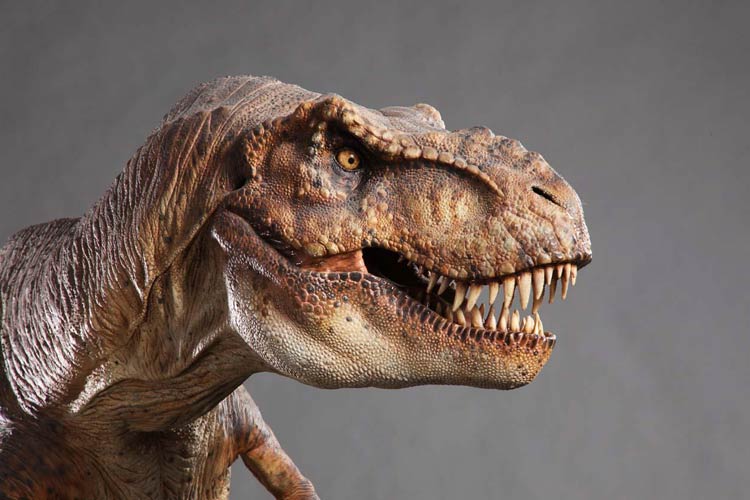
Challenges for tyrannosaurs
But the tyrannosaurs’ reign was not without challengers. Surprising new fossil finds reveal a persistent variety within the tyrannosaur lineage, defying expectations of their dominance and eradicating other species. Qianzhousaurus with its elongated snout and Nanuqsaurus, a miniature counterpart from the Arctic Circle, showcase the remarkable diversity of tyrannosaurs throughout the late Cretaceous, occupying various ecological niches alongside their larger brethren.
Yet, the enigma of tyrannosaurs persists. Questions about their origins, their presence on the southern continents, and the nature of their feathers and specialized snouts remain tantalizing mysteries awaiting further discovery. The incomplete tale of the tyrannosaurs serves as a testament to the unpredictable nature of evolution. Against all odds, these once unassuming stalkers rose to become apex predators, only to meet their twilight as cataclysmic events, including an asteroid impact, set in motion the end of their reign and the dawn of a new era for Earth’s inhabitants.
Join us on this enthralling expedition through time as we unravel the captivating story of the birth, reign, and twilight of the tyrannosaurs—a saga that continues to awe and inspire, reminding us of the ever-changing tapestry of life on our planet.
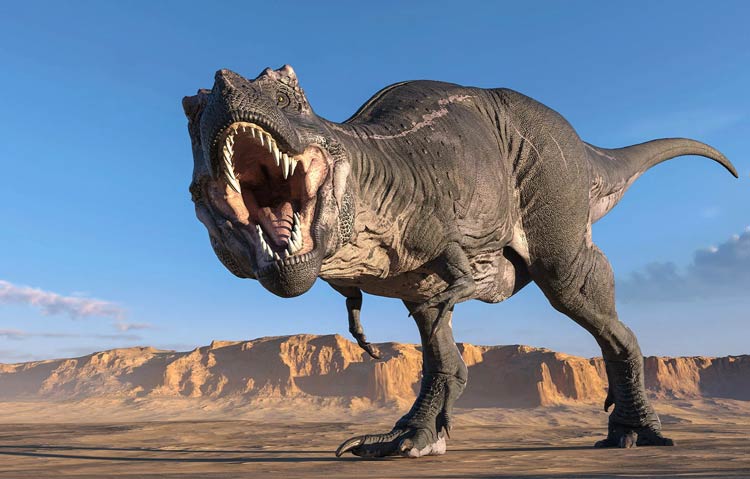
Tyrannosaurs in brief
- Tyrannosaurs were a diverse group of dinosaurs that evolved and diversified over millions of years.
- Fossil discoveries from China, Russia, and other regions have revealed the evolutionary history and diversity of tyrannosaurs.
- Tyrannosaurs underwent considerable diversification before the emergence of iconic species like Tarbosaurus and T. rex.
- Fossils found in Liaoning Province, China, have provided valuable insights into the appearance and characteristics of early tyrannosaurs.
- Evidence suggests that tyrannosaurs, including Dilong and Yutyrannus, had feathers, indicating a closer relationship to birds than previously thought.
- During the Cretaceous period, dinosaur ecosystems underwent significant restructuring, leading to the rise of tyrannosaurs as top predators in the northern continents.
- Despite their dominance, tyrannosaurs coexisted with a variety of other tyrannosaur species and exhibited a range of body sizes and specialized features.
- The origins of tyrannosaurs and their distribution across southern continents during specific periods remain uncertain due to limited fossil evidence.
- Many questions regarding tyrannosaur biology, such as the nature of feathers and the purpose of distinctive long snouts, remain unanswered.
- The tyrannosaur story highlights the unpredictable nature of evolution and how environmental changes can shape the success and extinction of species.

Tyrannosaurus rex – the birth of a star
For decades, paleontologists have been intrigued by tyrannosaurs, including the famous Tyrannosaurus rex (T. rex). However, due to a lack of fossils, they were uncertain about the origins and evolution of these giant predators. Recent discoveries of new fossils have filled many gaps in understanding this iconic group. These findings indicate that tyrannosaurs have deep evolutionary roots and exhibit greater diversity than previously believed, including some with unusual anatomical features.
In 2010, a construction worker in China stumbled upon a nearly complete skeleton of a new dinosaur species related to T. rex, which was later named Qianzhousaurus sinensis or “Pinocchio rex” due to its long snout. Over the past decade, researchers have unearthed around 20 new tyrannosaur species from various locations worldwide.
These discoveries have allowed scientists to reconstruct the tyrannosaur family tree, revealing that they were primarily smaller carnivores for most of their history, with their immense size and ecological dominance occurring only during the last 20 million years of the Age of Dinosaurs. Contrary to the perception of T. rex as the pinnacle of giant predators, it was actually the last survivor of a diverse group of tyrannosaurs that existed until the mass extinction event 66 million years ago, marking the end of the dinosaur era and the beginning of the Age of Mammals.
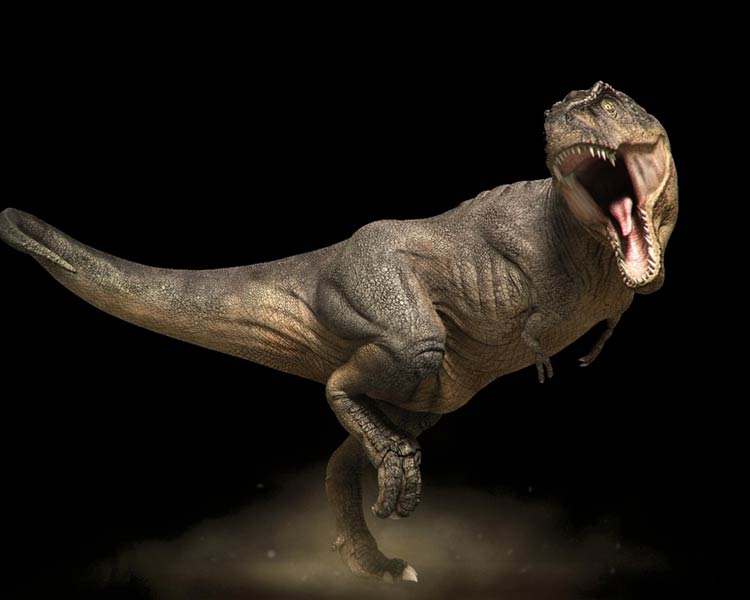
History of T. rex Discovery
The story of uncovering the tyrannosaur family history begins with the discovery of T. rex, thanks to the efforts of Henry Fairfield Osborn, a prominent scientist during the early 20th century. Osborn, despite his controversial views on eugenics and racial superiority, was an accomplished paleontologist and scientific administrator. He sent a fossil collector named Barnum Brown to search for dinosaurs in the American West. Brown, known for his eccentricities and unconventional methods, made a remarkable find in 1902 – a large, carnivorous dinosaur from Montana.
Osborn named this dinosaur Tyrannosaurus rex, and it quickly became a sensation, capturing public attention and becoming the iconic representation of a land-living predator. However, T. rex presented a puzzle to scientists throughout the 20th century because it stood apart from other known predatory dinosaurs in terms of size and distinctiveness.
It was challenging to understand its place within the broader context of dinosaur evolution. In subsequent years, other paleontologists discovered several close relatives of T. rex that lived during the late Cretaceous period, between 84 million and 66 million years ago, in North America and Asia. These relatives, such as Albertosaurus, Gorgosaurus, and Tarbosaurus, resembled T. rex as large apex predators. While these fossils were impressive, they did not provide significant insights into the origins of the tyrannosaur group.
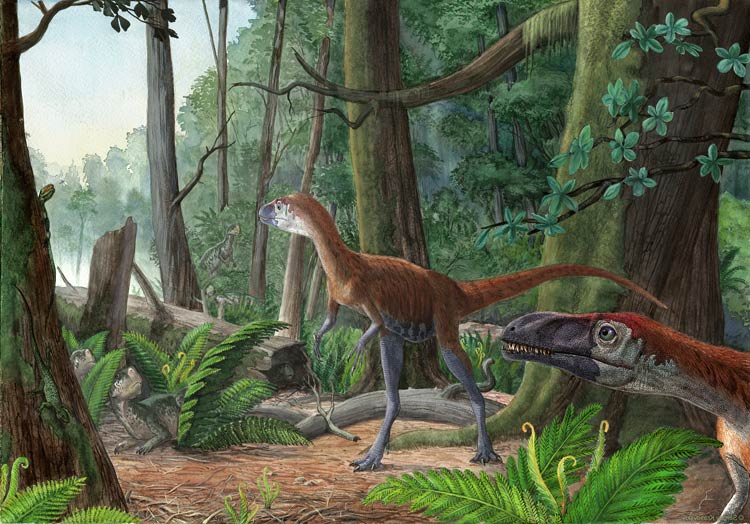
Humble beginnings of tyrannosaurs
Recent discoveries of tyrannosaur fossils have come from unexpected locations, expanding our understanding of these creatures. Paleontologists are no longer limited to desert regions in Western North America, Argentina, the Gobi, or the Sahara, as dinosaurs, including tyrannosaurs, have been found worldwide. Even in Russia’s far northern reaches, paleontologists brave bone-chilling cold and mosquito-infested summers in their search for fossils. One significant discovery was made in the Krasnoyarsk region of central Siberia by Alexander Averianov and his team from the Zoological Institute of the Russian Academy of Sciences.
They found a jumble of bones from a small, carnivorous dinosaur named Kileskus, which lived approximately 170 million years ago during the Middle Jurassic period. Although Kileskus may appear unimpressive compared to T. rex, it shares distinct features with another small carnivore called Guanlong, discovered in China around 10 million years later.
Both Kileskus and Guanlong possess a crest of bone on the skull and specific tyrannosaur traits like fused nasal bones. These shared characteristics indicate a common ancestry and suggest that Kileskus and Guanlong are the precursors from which the mighty T. rex emerged. These findings reveal a surprising evolutionary history for tyrannosaurs.
Contrary to the initial belief that they began as massive superpredators, it is now understood that they were initially secondary or tertiary carnivores, living alongside larger predators from different groups such as allosaurs and ceratosaurs. Additionally, the roots of tyrannosaurs extend further back in time than anticipated, as they existed when the supercontinent Pangea had not yet fully separated.
This allowed for relatively easy animal dispersal across landmasses, explaining the presence of early tyrannosaurs in Russia and China, and later species in the US, UK, and possibly even Australia. Furthermore, the time span between the ancestral tyrannosaurs and T. rex is remarkably long, with at least 100 million years separating them, in contrast to the relatively shorter period between T. rex and humans (66 million years).
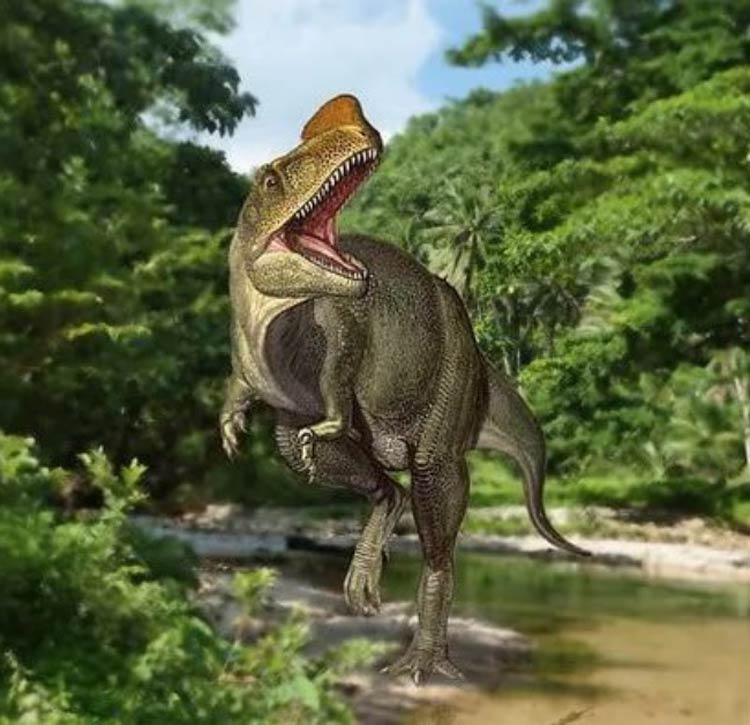
Evolution of tyrannosaurs – Dilong and Yutyrannus
Although tyrannosaurs took time to reach their massive sizes, their evolution was not stagnant during this period. Evidence shows that the group underwent significant diversification before the appearance of Tarbosaurus and T. rex, particularly evident in Liaoning Province, northeastern China. Liaoning Province, despite its unremarkable appearance, has become a fossil-rich region due to repeated volcanic eruptions around 120 million to 130 million years ago.
The ash and mud from these eruptions preserved dinosaur remains in remarkable detail. Within this region, two intriguing species of tyrannosaurs have been discovered. The first species, Dilong, was announced in 2004 and had long arms and a slender body built for speed. The second species, Yutyrannus, described in 2012, was much larger, approximately 8 to 9 meters long, and around a 1.5 ton in weight, likely occupying the top of the food chain. Both Dilong and Yutyrannus, found in the same rock formation and dating back approximately 125 million years, display characteristics typical of tyrannosaurs, including fused nasal bones.
These species demonstrate that by the Early Cretaceous, tyrannosaurs had branched into various new species occupying different ecological niches, with some experimenting with larger body sizes. Dilong and Yutyrannus are also significant because they provide evidence of a remarkable trait in dinosaurs. While dinosaurs were once thought of as scaly and sluggish reptiles, recent findings have revealed that many species had downy feathers and displayed more dynamic and intelligent behaviors, resembling birds rather than reptiles.
Dilong and Yutyrannus confirm that tyrannosaurs fit this description. Their bones were covered in a thick, feathery fluff, similar to filament-like feathers. Although tyrannosaurs did not possess the ability to fly, it is likely they used their feathers for display and insulation. The presence of feathers in tyrannosaurs, along with other dinosaur species, strongly suggests that even the mighty T. rex was feathered. This revelation paints a picture of T. rex as an energetic, intelligent creature with a menacing appearance akin to a “Big Bird from Hell.”
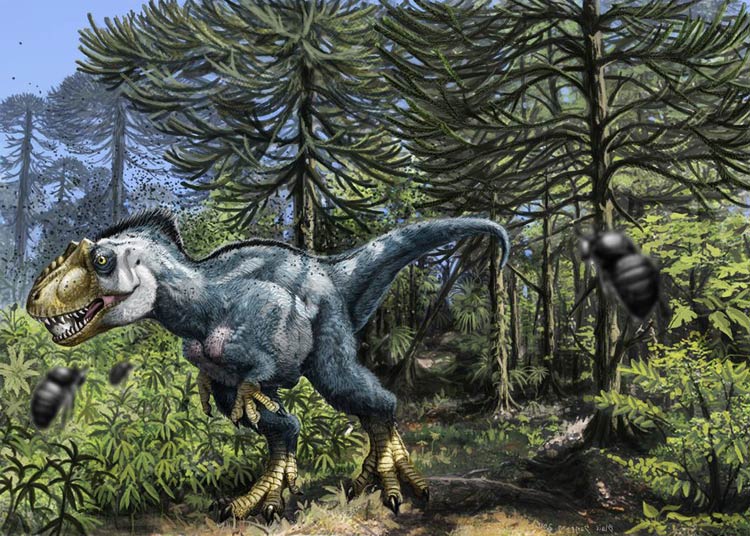
Tyrannosaurus supremacy
The tyrannosaurs, though initially occupying a steady niche as stealthy predators during the Middle Jurassic to Early Cretaceous, experienced a significant transformation during the middle part of the Cretaceous, approximately 110 million to 85 million years ago. During this time, the existing top predators, such as Allosaurus and Ceratosaurus, largely disappeared, and tyrannosaurs emerged as the dominant predators in the northern continents. The exact reasons for this restructuring of dinosaur ecosystems are unclear due to the scarcity of Middle Cretaceous dinosaur fossils. However, a potential mass extinction event around 94 million years ago, marked by temperature increases and fluctuating sea levels, may have played a role.
Once at the top of the food chain, tyrannosaurs thrived. In the final 20 million years of the Cretaceous, they reigned as colossal superpredators in North America and Asia. They possessed powerful bites capable of crunching through bones, exhibited rapid growth rates, gaining several kilograms of mass each day during their teenage years, and lived intensely, with no known individuals surviving beyond 30 years.
Interestingly, despite their success in North America and Asia, tyrannosaurs never established themselves in Europe or the southern continents. Instead, other groups of large predators thrived in those regions. The Late Cretaceous climate and continental configuration provide some insight into this disparity. The continents had drifted apart, resembling their current positions, and significantly higher sea levels divided North America and reduced Europe to isolated islands.
This fragmentation of the Earth’s geography restricted the ability of tyrannosaurs to expand their territory and conquer new regions. Therefore, the success of one region’s tyrannosaurs did not guarantee dominance in another simply because they could not reach those areas.
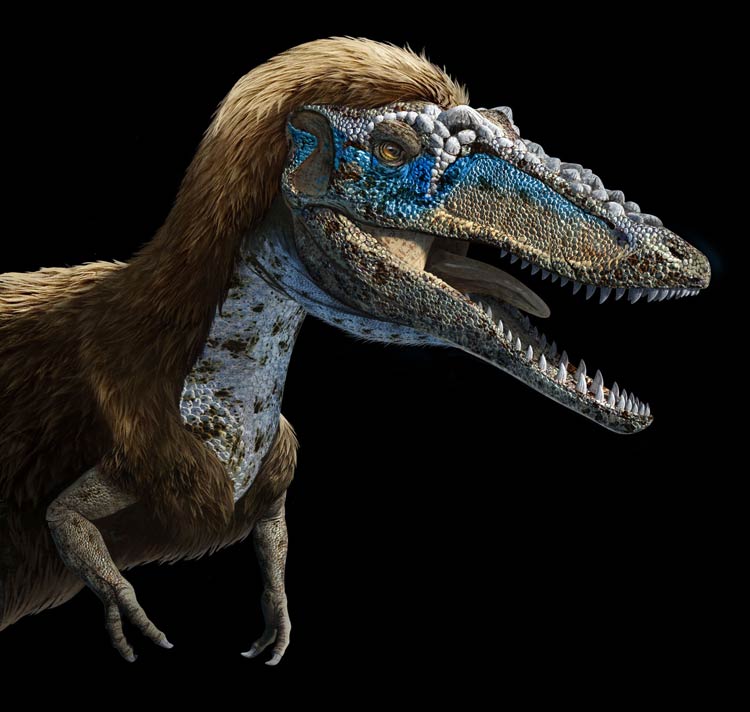
Extraordinary diversity of tyrannosaurs
Contrary to expectations, recent fossil discoveries have revealed a remarkable diversity of tyrannosaurs coexisting with the larger and more famous tyrant king, T. rex, during the late Cretaceous period. One example is the Qianzhousaurus from China, which had a noticeably smaller size and a long, narrow, and delicately constructed skull, unlike the robust skull of T. rex. The discovery of Qianzhousaurus shed light on two previously perplexing long-snouted tyrannosaurs: Alioramus remotus and Alioramus altai.
The latter (Alioramus altai), discovered in Mongolia, was identified as a new species in 2009. However, due to its juvenile status, it was uncertain whether its unique traits were the result of incomplete growth. The subsequent discovery of the more mature Qianzhousaurus confirmed that long-snouted tyrannosaurs were indeed distinct species that inhabited Asia during the late Cretaceous, likely occupying a secondary predator role below Tarbosaurus.
Another intriguing find was made by American paleontologists in the Arctic Circle of Alaska, who uncovered a strange late Cretaceous tyrannosaur called Nanuqsaurus. While the bones of Nanuqsaurus resembled those of T. rex, they were about half the size. Remarkably, the bones displayed thickened sutures typically seen in adult individuals, challenging the assumption that they belonged to a baby tyrannosaur.
The researchers proposed a plausible explanation: Arctic tyrannosaurs may have evolved smaller body sizes due to the resource-poor habitat in the region, similar to dwarfing observed in modern island-dwelling animals. Thus, while T. rex reigned in the southern regions, a miniature version of a tyrannosaur thrived in the northern wilderness.
These findings highlight the persistent variety of tyrannosaurs, showcasing that multiple species with diverse characteristics occupied different ecological niches, even in the presence of the colossal T. rex.
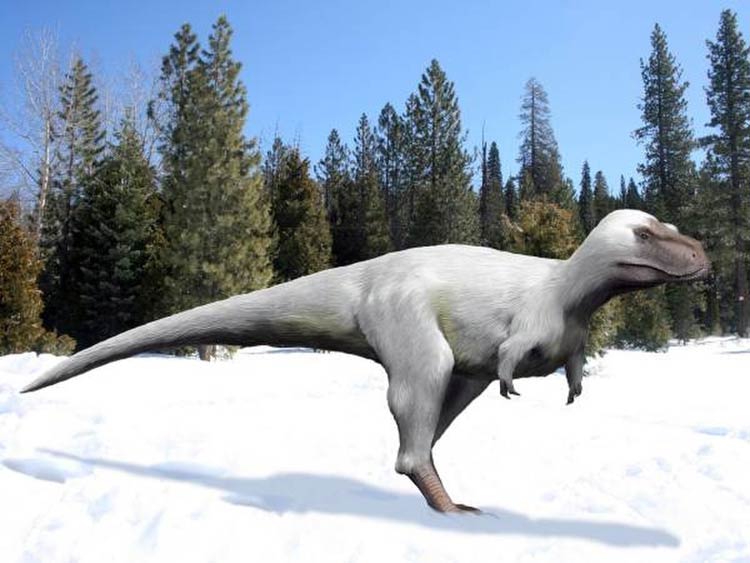
Summary
While recent discoveries have shed light on the evolutionary history and diversity of tyrannosaurs, there are still many unanswered questions. The origins of tyrannosaurs and whether they appeared even earlier than the Middle Jurassic, possibly during the Early Jurassic, remain uncertain due to the scarcity of fossils from that time period globally. Additionally, it is unclear whether tyrannosaurs inhabited the southern continents during the Middle Jurassic and Middle Cretaceous, as most of their fossils are found in the northern continents, with only one enigmatic bone discovered in Australia. Considering that many dinosaur groups were globally distributed during that time, it is possible that tyrannosaurs had a similar distribution.
Other aspects of tyrannosaur biology also remain unknown. The nature of feathers in the largest tyrannosaurs, such as T. rex, and their functions are still a subject of investigation. Furthermore, the specific uses of the long snouts exhibited by Qianzhousaurus and Alioramus are yet to be fully understood.
The incomplete story of tyrannosaurs underscores a fundamental truth about evolution: it is not predictable. Over 170 million years ago, when tyrannosaurs first emerged, nobody could have foreseen that these small predators would eventually dominate entire continents. Their success was not predestined but rather the result of navigating millions of years in the shadows, waiting for environmental changes to provide them with an opportunity to become apex predators. However, their reign eventually came to an end when an asteroid impact led to catastrophic events, including wildfires, ecosystem collapses, and the rise of mammals.
The tyrannosaur story serves as a reminder that evolution is a complex and unpredictable process, with species adapting and responding to changing environments, sometimes thriving and sometimes succumbing to external forces beyond their control.
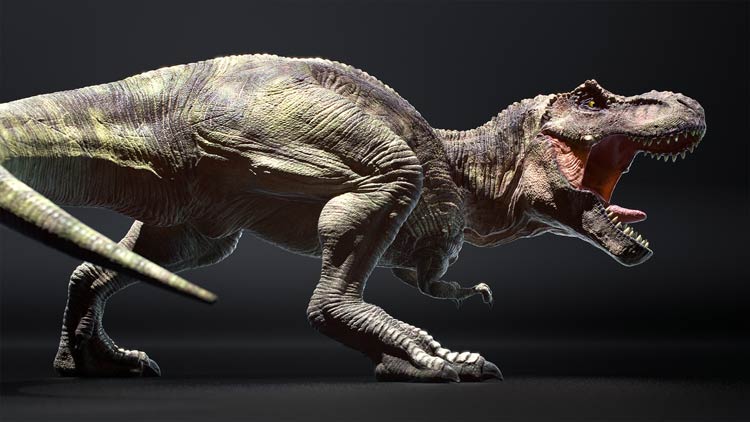
Recommended
- The Bone wars
- Mary Anning
- Alamosaurus – one of the largest dinosaurs
- The longest dinosaurs. Sauropods Top 10
- The heaviest dinosaurs – Top 10
- The longest predatory dinosaurs. Theropods Top 10
- The heaviest predatory dinosaurs Top 10
- The longest Ornithischians (Ornithischia) TOP 10
- The heaviest Ornithischians Top 10
- The largest raptors (dromaeosaurs) Top 10
- The heaviest Dromaeosaurids / dromaeosaurs – Top 10
- The longest Ankylosaurus Top 10
- The heaviest Ankylosaurus Top 10
- The longest ceratopsians
- The heaviest ceratopsians
- The longest and largest ornithopods
- The heaviest ornithopods Top 10
- The longest Stegosaurians (Stegosauria) TOP 10
- The heaviest Stegosaurians (Stegosauria) Top 10
- The smallest sauropods Top 10
- The smallest dinosaurs Top 10
- The largest pterosaurs Top 10
- Dinosaurs
- Dinosaurs database
- Predatory dinosaurs

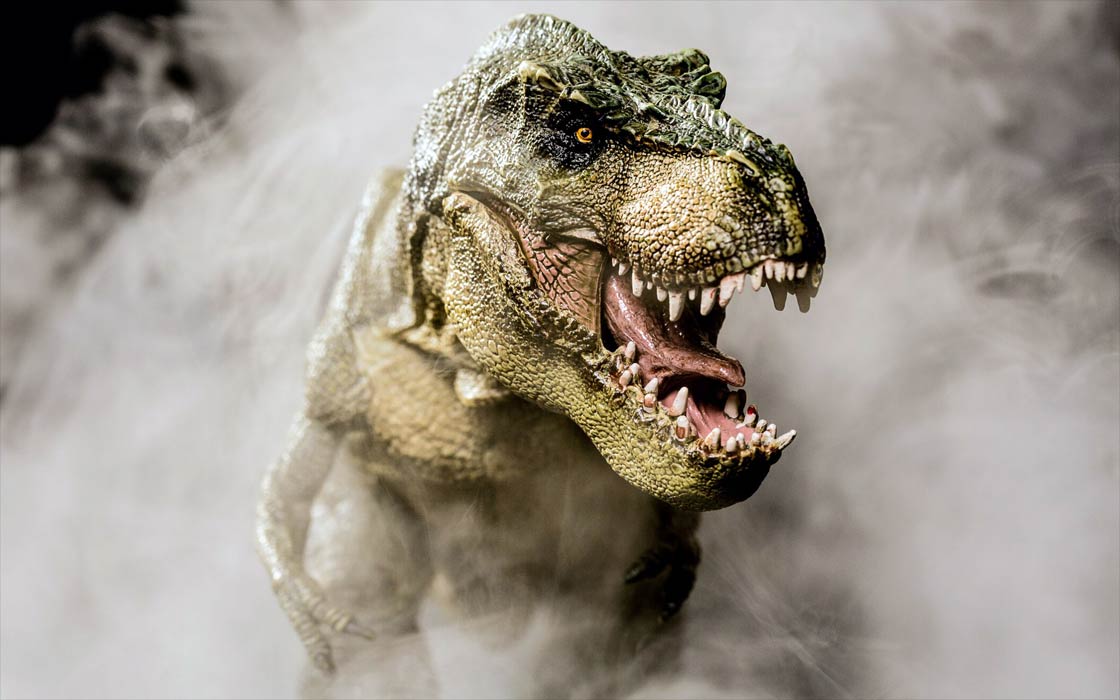














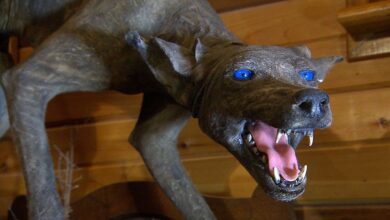

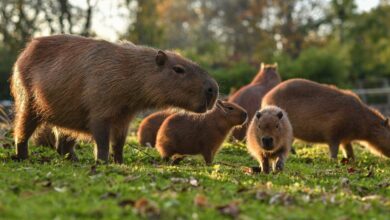
I had no idea that there were so many different types of tyrannosaurs. It’s crazy to think that they all evolved from a single ancestor.